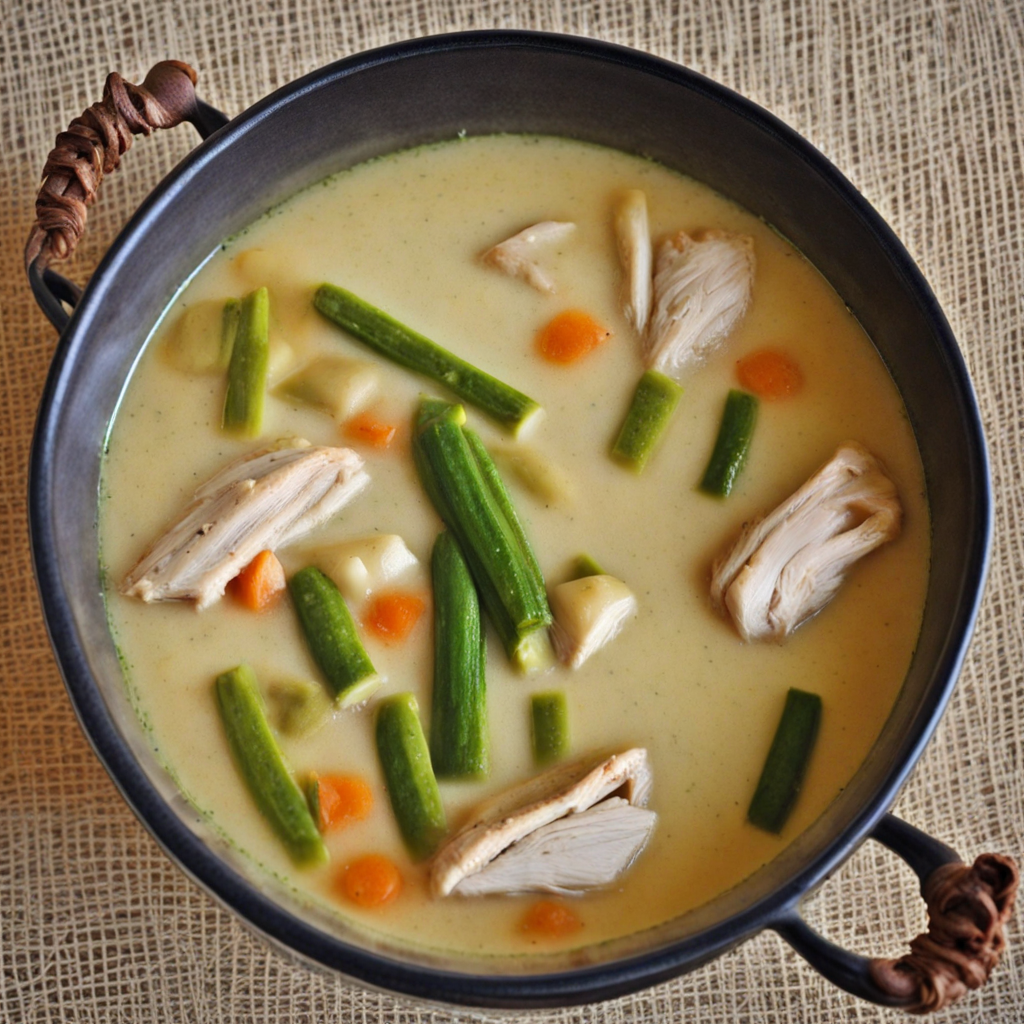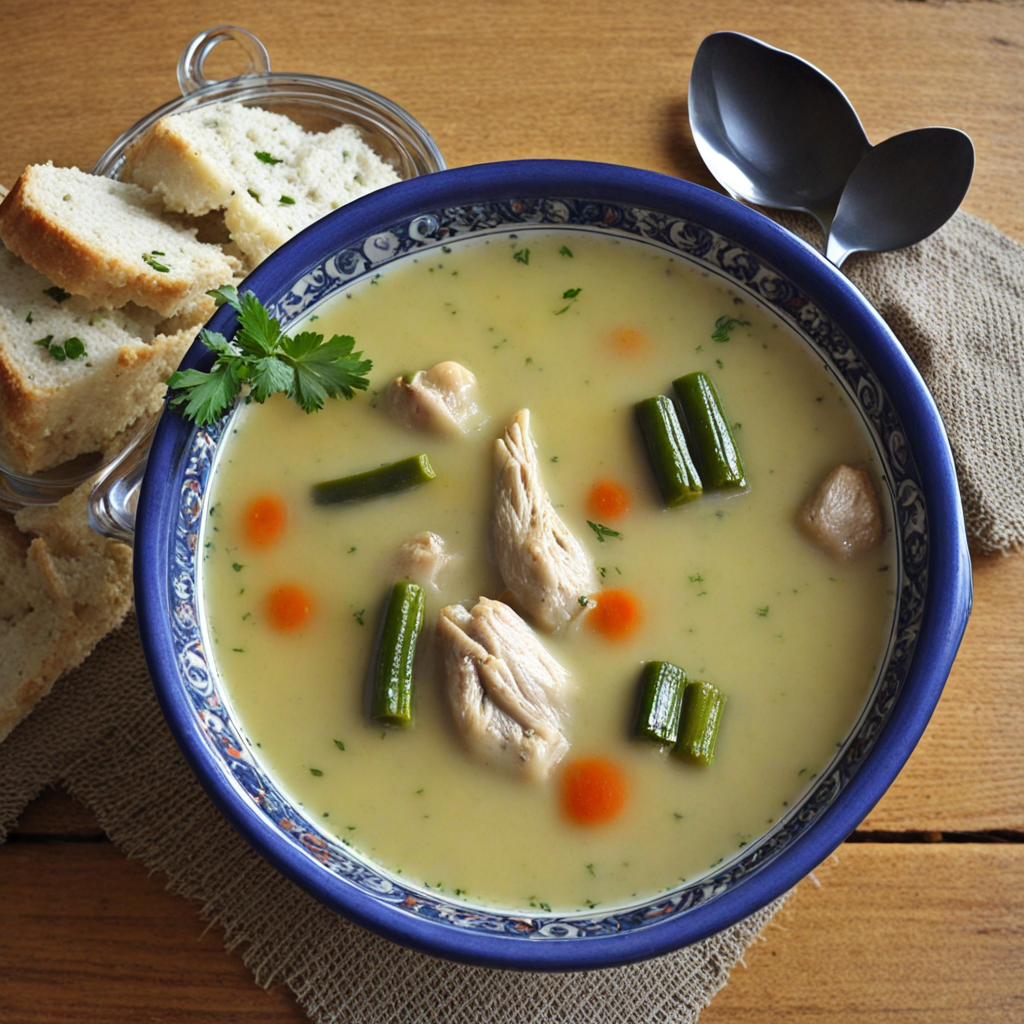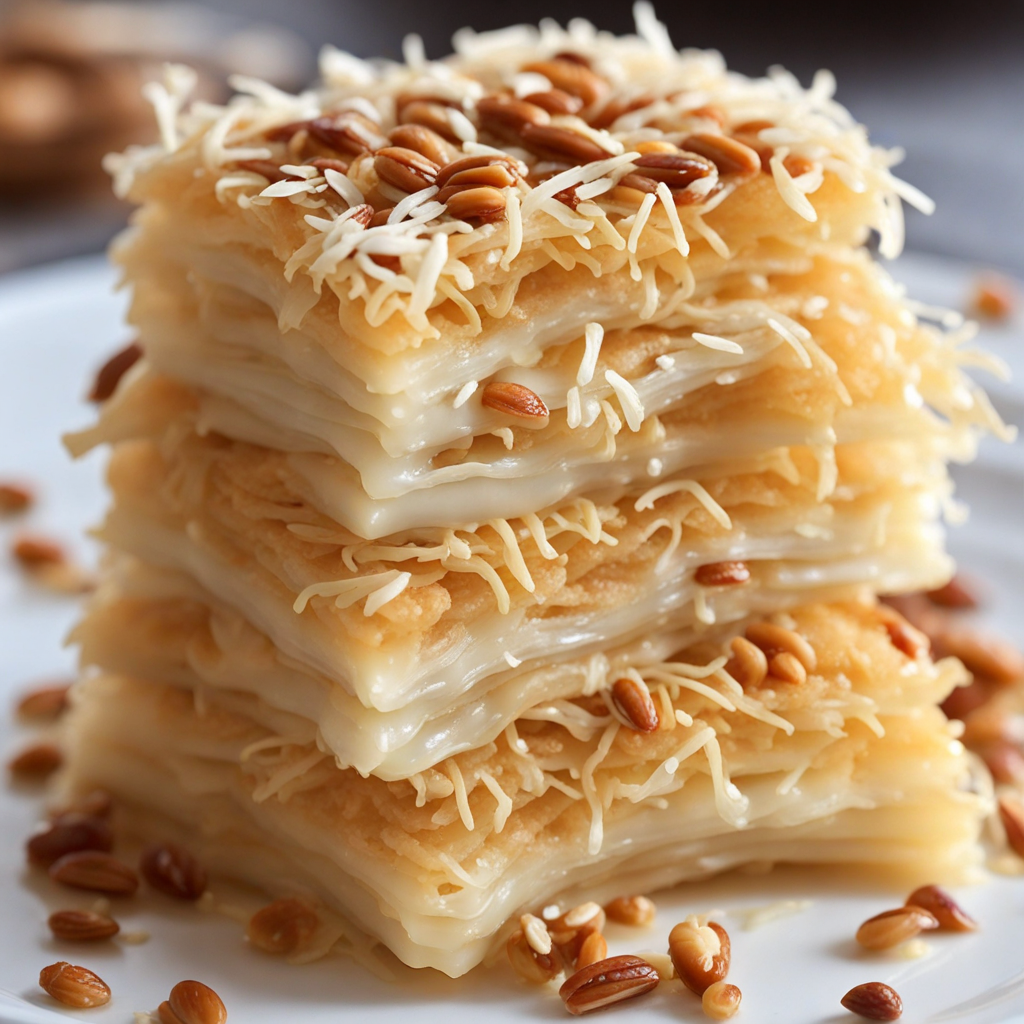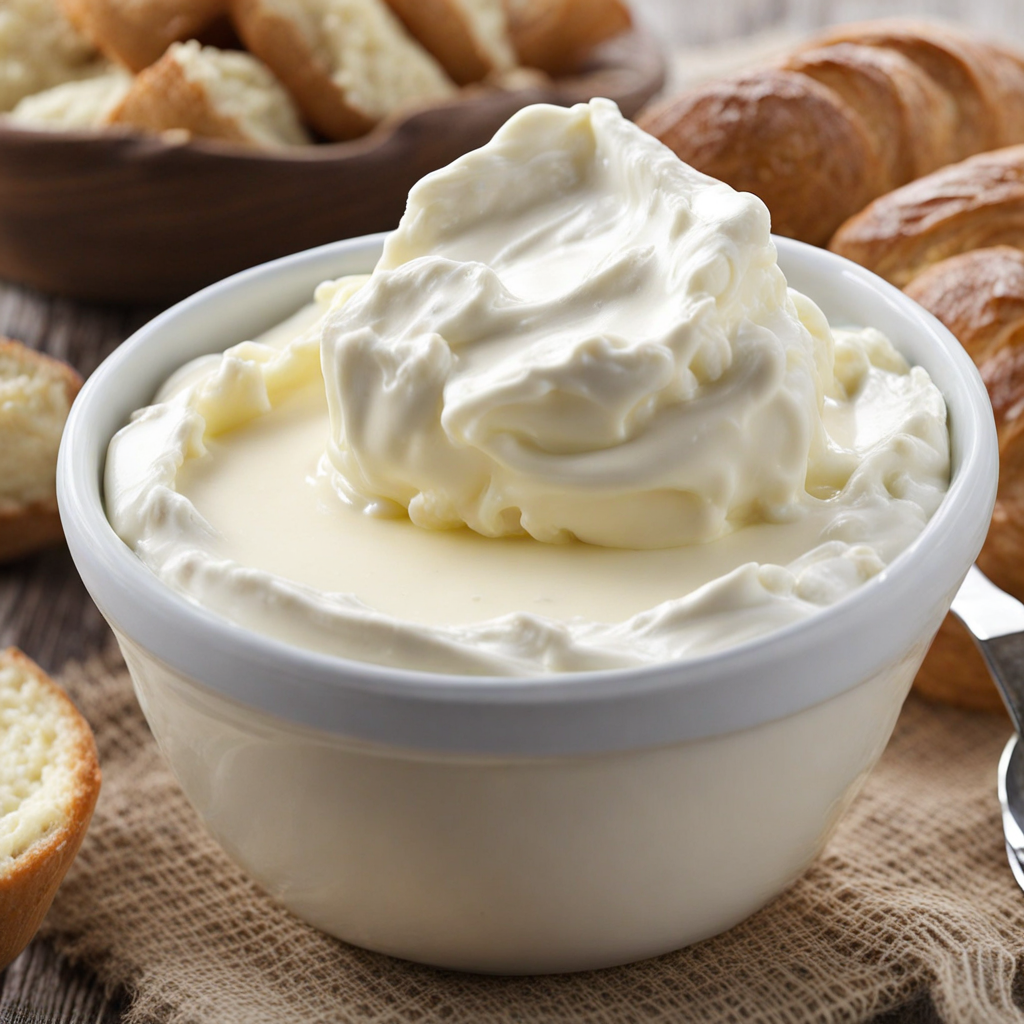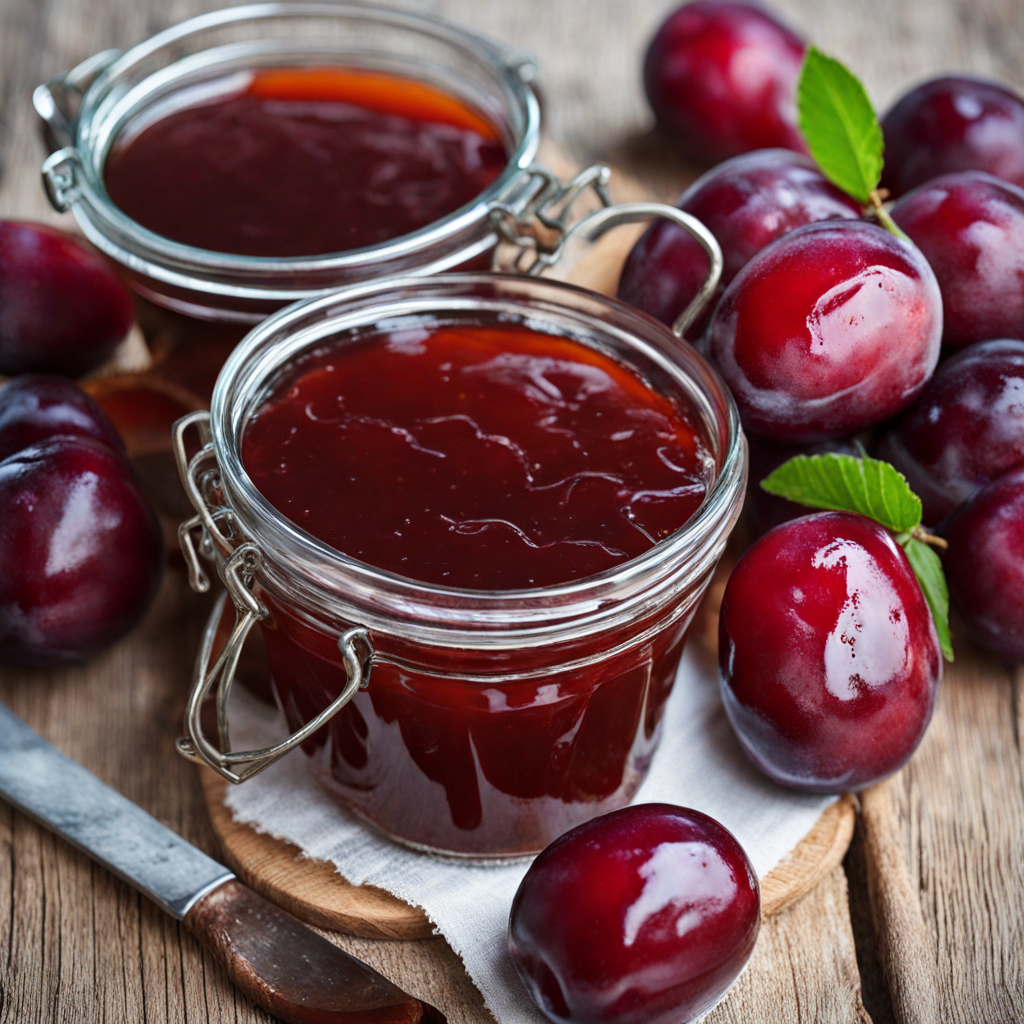Begova Čorba
Begova Čorba, also known as Bey's soup, is a traditional dish from Bosnia and Herzegovina that embodies the rich culinary heritage of the region. This hearty stew is primarily made with tender pieces of meat, usually lamb or beef, which are slowly cooked to perfection. The meat is combined with a flavorful mix of vegetables such as carrots, onions, and potatoes, which not only add depth to the taste but also contribute to the dish's comforting texture. The vibrant colors of the vegetables create a visually appealing contrast against the rich broth, making it an inviting option for any meal. What sets Begova Čorba apart is its distinctive sauce, which is thickened with a roux made from flour and is often enriched with spices like paprika, giving it a warm, earthy flavor. The addition of lemon or vinegar brings a subtle tanginess that balances the richness of the meat and broth. This layered flavor profile makes each spoonful an experience, as the spices dance on your palate, evoking the warmth of Bosnian hospitality and tradition. Traditionally served with a side of crusty bread, Begova Čorba is perfect for those chilly evenings when you crave something hearty and filling. The dish is often enjoyed during family gatherings and special occasions, making it a beloved staple in Bosnian homes. With its combination of tender meat, vibrant vegetables, and a soul-satisfying broth, Begova Čorba invites you to explore the unique flavors of Bosnia and Herzegovina, offering a taste that is both comforting and rich in history.
How It Became This Dish
The History of Бегова Чорба: A Culinary Symbol of Bosnia and Herzegovina Origin and Etymology Бегова Чорба, pronounced "Begova Čorba," is a traditional Bosnian soup that encapsulates the rich culinary heritage of Bosnia and Herzegovina. The name translates to "Beg's Soup," with "beg" referring to a noble title in the Ottoman Empire. The dish's origins are deeply intertwined with the historical narrative of the region, particularly during the Ottoman rule from the 15th to the 19th centuries, which left an indelible mark on Bosnia's gastronomy. The soup is believed to have originated in the kitchens of Bosnian nobility, where it was prepared using the finest ingredients available. The term "čorba," which denotes a thick soup or stew, is derived from the Arabic word "šorba," highlighting the Islamic influence on local cuisine. The dish's creation is often attributed to the practice of utilizing leftover meats and vegetables, a common necessity in historic kitchens, where resourcefulness was paramount. Cultural Significance Бегова Чорба is not merely a dish; it embodies a cultural narrative that reflects the fusion of Eastern and Western culinary traditions. As Bosnia and Herzegovina transitioned from Ottoman rule to Austro-Hungarian influence and beyond, the soup evolved, incorporating various ingredients and cooking techniques. It is characterized by its rich, hearty flavor, typically derived from slow-cooked veal or lamb, often enriched with vegetables like carrots, potatoes, and peas, and thickened with a roux. The soup holds a special place in Bosnian hospitality. Traditionally served during significant family gatherings, holidays, and celebrations, Бегова Чорба symbolizes warmth and community. It is often the centerpiece of festive meals, reflecting the importance of sharing and bonding over food. Its preparation is seen as a labor of love, with families passing down recipes through generations, each adding their personal touch, thereby preserving a slice of their heritage. Ingredients and Preparation The traditional preparation of Бегова Чорба involves several steps. The primary ingredients include: - Meat: Veal is the most traditional choice, although lamb is also used. The meat is cooked slowly to extract maximum flavor. - Vegetables: Commonly used vegetables include carrots, potatoes, onions, and occasionally peas or bell peppers, which add both flavor and nutrition. - Spices: Salt, pepper, and sometimes bay leaves or other herbs are used to season the soup, allowing the natural flavors of the ingredients to shine. - Roux: A mixture of flour and fat (often butter) is used to thicken the soup, giving it a rich and creamy texture. The cooking process begins with browning the meat, followed by adding chopped vegetables and water or broth. The soup is then simmered for several hours, allowing the flavors to meld. The roux, prepared separately, is added towards the end of the cooking process, ensuring a smooth consistency. Evolution Over Time As Bosnia and Herzegovina's political landscape evolved, so too did its culinary practices. The collapse of the Ottoman Empire and the subsequent Austro-Hungarian rule introduced new ingredients and cooking methods, influencing the preparation of Бегова Чорба. The incorporation of spices and techniques from both cultures led to a more diverse flavor profile, making the soup a dish that could reflect local preferences while respecting traditional roots. Throughout the 20th century, particularly during the Yugoslav period, Бегова Чорба became a staple in Bosnian households, transcending social classes. It was not confined to the tables of the wealthy but became a beloved dish for the average family. The rise of restaurants and cafés in urban centers helped popularize this dish, turning it into a culinary icon. In the aftermath of the Bosnian War in the 1990s, Бегова Чорба took on new significance. The dish became a symbol of resilience and unity among the people, serving as a reminder of shared heritage amidst the tumult of conflict. Many Bosnians turned to traditional recipes as a way to reconnect with their roots, fostering a sense of community and healing. Modern Interpretations Today, Бегова Чорба is a beloved classic that is often served in homes and restaurants across Bosnia and Herzegovina. Chefs are increasingly experimenting with the dish, incorporating modern techniques and ingredients while still respecting its traditional roots. Some variations may include the use of different meats, such as chicken or game, or the addition of local herbs that enhance the flavor. Moreover, the soup has found its way into international culinary scenes, with Bosnian immigrants and chefs introducing it to new audiences. Food festivals and international culinary events often feature Бегова Чорба, allowing people from diverse backgrounds to experience this hearty dish. Conclusion Бегова Чорба is more than just a soup; it is a culinary tapestry that weaves together the history, culture, and identity of Bosnia and Herzegovina. From its noble origins in Ottoman kitchens to its status as a symbol of resilience and community in contemporary times, the soup embodies the spirit of the Bosnian people. As culinary traditions continue to evolve, Бегова Чорба remains a cherished dish, reminding us of the power of food to connect us across time and space. Through each bowl served, the legacy of this traditional Bosnian soup lives on, nourishing both body and soul.
You may like
Discover local flavors from Bosnia And Herzegovina


